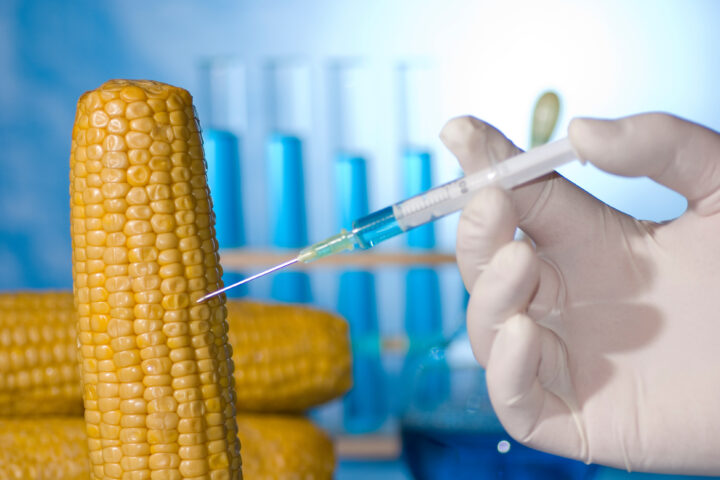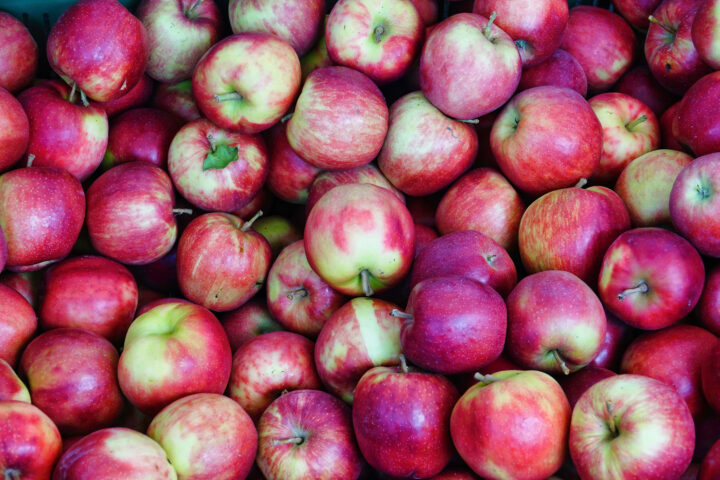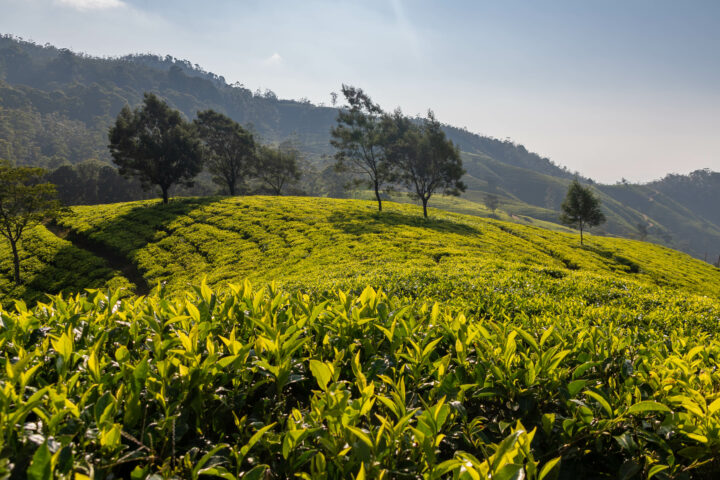«We protect what we use»
Regina Ammann is Head of Business Sustainability Syngenta Switzerland. The diversity of ecosystems, species and crops is invaluable. They must be protected. That is undisputed. But opinions are divided on the «how». One reason is the perception of biodiversity as something static that needs absolute protection.
Monday, June 8, 2020
Content in German
Tatsächlich ist die Natur im steten Wandel. Und der Mensch hat die Natur immer auch gestaltet. So entstanden viele Alpwiesen mit ihrer reichen Biodiversität nur dank Rodung durch unsere Vorfahren zwecks landwirtschaftlicher Nutzung.
Der Wirtschaft liefert die Natur immer wieder Ideen für neue Medikamente und Produkte – zum Beispiel durch die Beobachtung, dass unter den Karminroten Zylinderputzer-Pflanzen fast kein Unkraut wächst. Im Labor zeigte sich: Diese Pflanzen produzieren eine Substanz, die das Wachstum anderer Pflanzen hemmt. Ein neues Mittel gegen Unkräuter war entdeckt.
Der Haken: Ein Flächenverbrauch von bis zu 9 kg/ha. Um die nötige Substanzmenge zu extrahieren, hätte man riesige Zylinderputzer-Plantagen anlegen müssen. Also nahm man deren chemische Struktur als Inspiration und begann, ähnliche Verbindungen mit den gewünschten Eigenschaften zu synthetisieren.
Elf Jahre später resultierte daraus der strukturverwandte Wirkstoff Mesotrion. Er ist 50-100 Mal wirksamer als die Natursubstanz und sicher in der Anwendung. Das in Anlehnung an die Ursprungspflanze benannte Herbizid Callisto wurde auch im Schweizer Markt eingeführt und seither stetig weiterverbessert.
Das Beispiel zeigt: Unser Hang zur «Natürlichkeit» kann ebendiese Natur schädigen – und Synthetik aus dem Labor hilft, natürliche Ressourcen zu schützen.
Auch Züchtung und Anbau profitieren von der Biodiversität. Unsere Nutzpflanzen sind weiterentwickelte Wildpflanzen; so wurde Mais von den Mayas aus dem Teosinte-Gras gezüchtet. Und Kulturpflanzen brauchen für ihr Wachstum Mikroorganismen im Boden oder die Dienstleistung bestäubender Insekten. Sich diesen Nutzen vor Augen zu führen ist der erste Schritt zum Schutz. Salopp ausgedrückt: «Wir schützen, was wir nutzen.»
Biodiversität braucht Vernetzung, damit sich Arten erhalten und vermehren können. Auch unsere eigene Vernetzung hilft: Im Austausch mit Menschen ausserhalb des eigenen Tätigkeitsbereichs erfahren, warum sie der Biodiversität welchen Wert beimessen.
Daraus können sich gemeinsame Schutzprojekte oder sogar Geschäftsmodelle entwickeln. Im Klimaschutz gibt es Anreize für Landwirte, Kohlenstoff im Boden zu speichern und dafür vom Markt «Carbon Credits» zu erhalten. Warum nicht auch «Biodiversity Credits»?
Regina Ammann ist Leiterin Business Sustainability Syngenta Schweiz. Dieser Beitrag ist in der «BauernZeitung» vom 9. März 2021 erschienen.
Related articles

Science resists ban on GMO crops
The Supreme Court in the Philippines wants to stop the cultivation of genetically modified plants Golden Rice and Bt aubergine (Bacillus thuringiensis). This is anything but well received by the government and the scientific community: The ban could jeopardise the country's food security.

Enabling what is inevitable
The opponents of progress are once again in the starting blocks. In mid-April, critics of genetic engineering announced a popular initiative aimed at making any relaxation of the existing moratorium on genetic engineering impossible. The exact wording is not yet known, but the statements made by the exponents make it clear that the total blockade on modern plant breeding is to be enshrined in the constitution.

Where the focus lies in apple breeding
The new head of Agroscope's fruit breeding research group is Andrea Patocchi. In an interview with the trade journal Obst + Wein, he explains where the focus of apple breeding lies today.

Chinese robot picks tea
There is a shortage of tea pickers in China. A robot developed by a researcher is set to remedy the situation and take over the work in future. Thanks to artificial intelligence, the machine can even recognise the shoots of the tea plant. The first harvesting robots are also already being developed in Switzerland.

